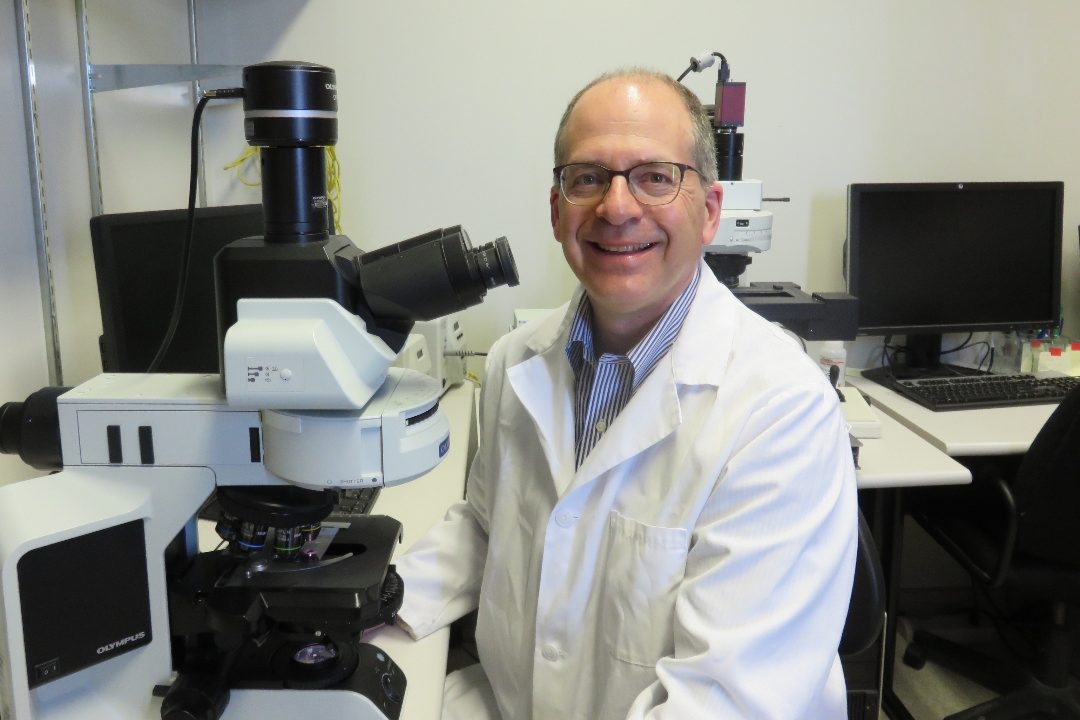Fitness
Nerve cell damage control

Baljit Singh, vice-president research at USask, regards this collaborative approach as a prime example of how innovation can be unlocked. “Innovation is about changing the way we look at something, about bringing a new perspective,” he says. “When we approach things differently, we can innovate.”
What aides this process of innovation is bringing diverse views and expertise to the table, and “that’s where teams, universities or societies that are multicultural or multidisciplinary have a natural advantage,” Dr. Singh explains. “We are trying to be more intentional in the way we foster innovation, including by encouraging the type of learning and research that brings together diverse perspectives.”
The idea is to create an ecosystem that is conducive to coming up with novel approaches, methodologies and insights, he notes. “Innovation can slow down when we become too comfortable with the status quo.”
Cross-disciplinary collaboration can happen organically – for example, when researchers seek out experts from different disciplines, different universities or different countries – but Dr. Singh says this can also be encouraged; for example, through funding support that requires partnership components.
“A lot of the big research projects at the University of Saskatchewan – for example, in food security, water security and health – require expertise from multiple disciplines,” he says. “I’ve also found that people get excited when they have an opportunity to bridge the impact of their discipline, when they are gaining new perspectives for moving forward.”
A combination of several factors has contributed to “interdisciplinarity being a way of life at the University of Saskatchewan,” he says. “One relates to our location in the middle of the country, some distance away from other major urban centres, so we had to work together and come up with a system where we have an impressive range of disciplines present on our campus.”
This culture of collaboration has made USask a sought-after partner for joint efforts, including with communities who seek support for addressing specific needs, with national organizations requiring certain research expertise or for international endeavours looking to “solve some of today’s most complex and pressing concerns,” says Dr. Singh. “Our world-leading research infrastructure also helps to attract collaborators.”
One such facility is the Canadian Light Source, the country’s only synchrotron facility, which uses different kinds of light to illuminate what happens at the molecular level. “Working with the Canadian Light Source enabled us to understand how these drugs are successful in binding A1 in three dimensions,” says Dr. Salapa, who adds that USask facilities have also provided services related to “advanced RNA-sequencing techniques.
“This allowed us to develop novel pipelines for analyzing some of the data,” she says. “Everyone is really open to collaboration – and happy to help push this project forward.”


)






